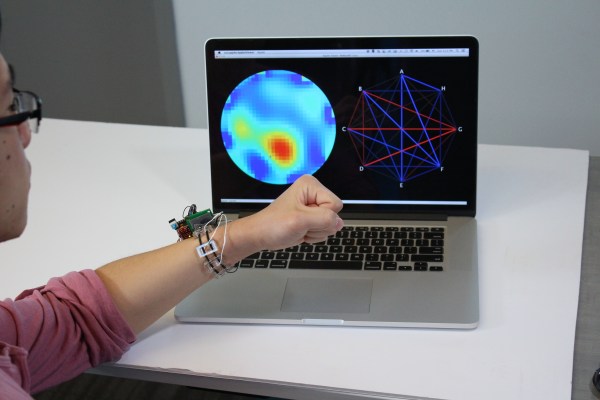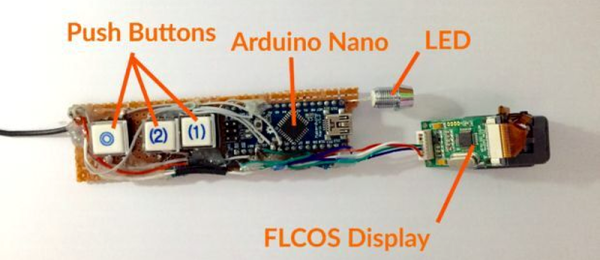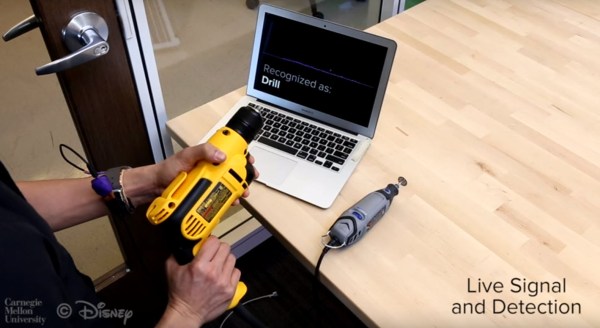Virtual reality could be the next big thing in the gaming world. And while VR displays and headsets are getting more and more sophisticated, many are forgetting perhaps the biggest feature VR will need to succeed — haptic feedback. [Pedro Lopes], [Alexandra Ion] and [Prof. Patric Baudisch] from the Hasso Plattner Institute is hoping to change that, with a project called Impacto: Simulating Physical Impact by Combining Tactile with Electrical Muscle Stimulation.
We’ve covered lots of haptic feedback devices over the past few years — some use mini gyros to simulate resistance, others blow air on you, but this is the first time we’ve seen one that combines muscle stimulation to really cause a physical effect.
They’re using an Oculus rift, and a Microsoft Kinect to perform the research. For their demonstration they use a basic boxing game that allows the user to feel the computer’s punches — but don’t worry, it doesn’t hit that hard!

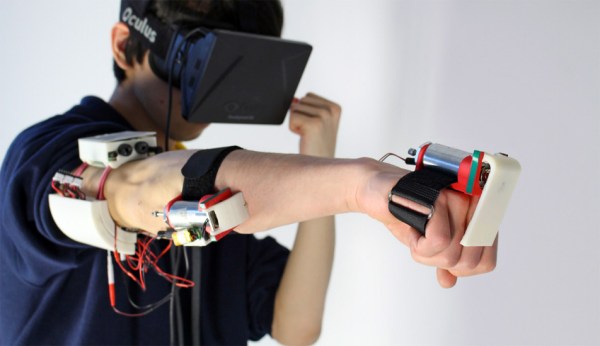
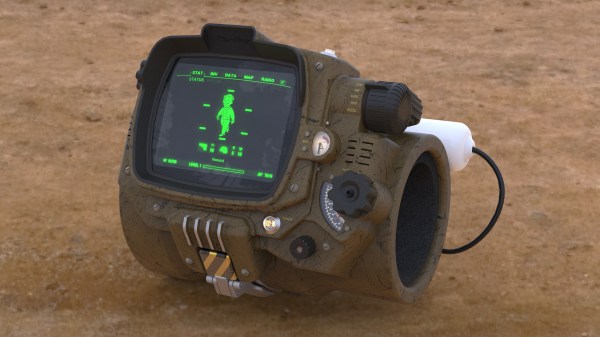
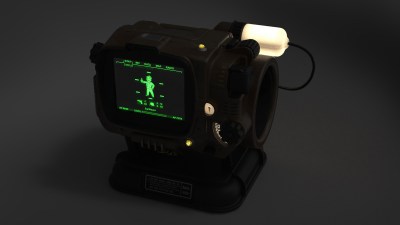


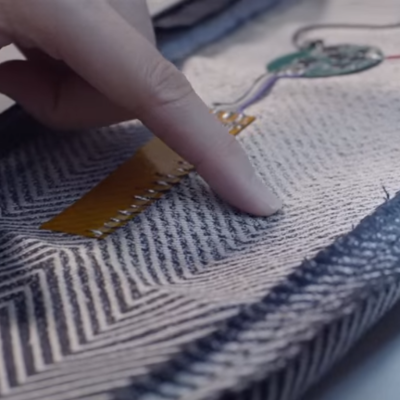 The approach that Project Jacquard has taken from a hardware standpoint is on point. Rather than having an end user product in mind and design completely towards that goal, the project is focused on the interface as its product. This has the added benefit of endless varieties of textile interface possibilities. As stated in the video embedded after the break, the conductive touch interface can be designed as a visibly noticeable difference in material or seamlessly woven into a garment.
The approach that Project Jacquard has taken from a hardware standpoint is on point. Rather than having an end user product in mind and design completely towards that goal, the project is focused on the interface as its product. This has the added benefit of endless varieties of textile interface possibilities. As stated in the video embedded after the break, the conductive touch interface can be designed as a visibly noticeable difference in material or seamlessly woven into a garment.